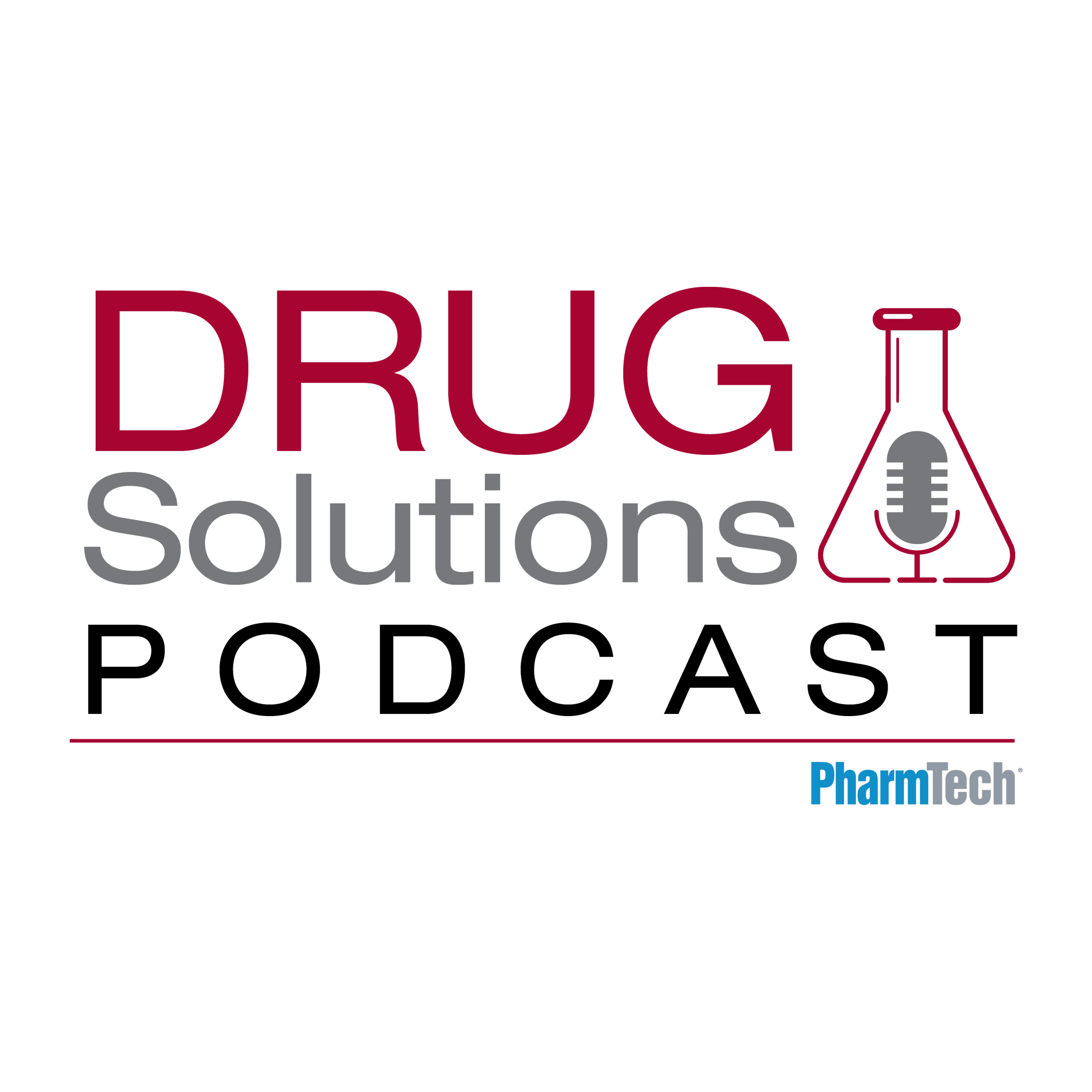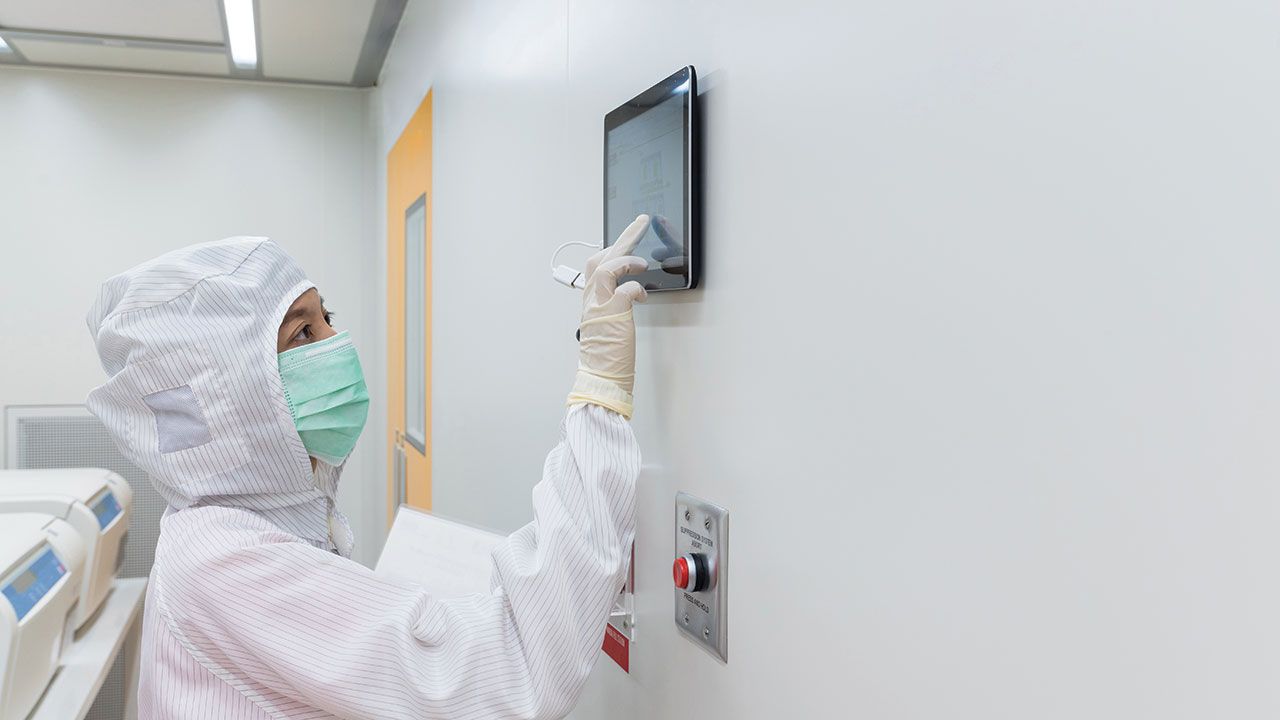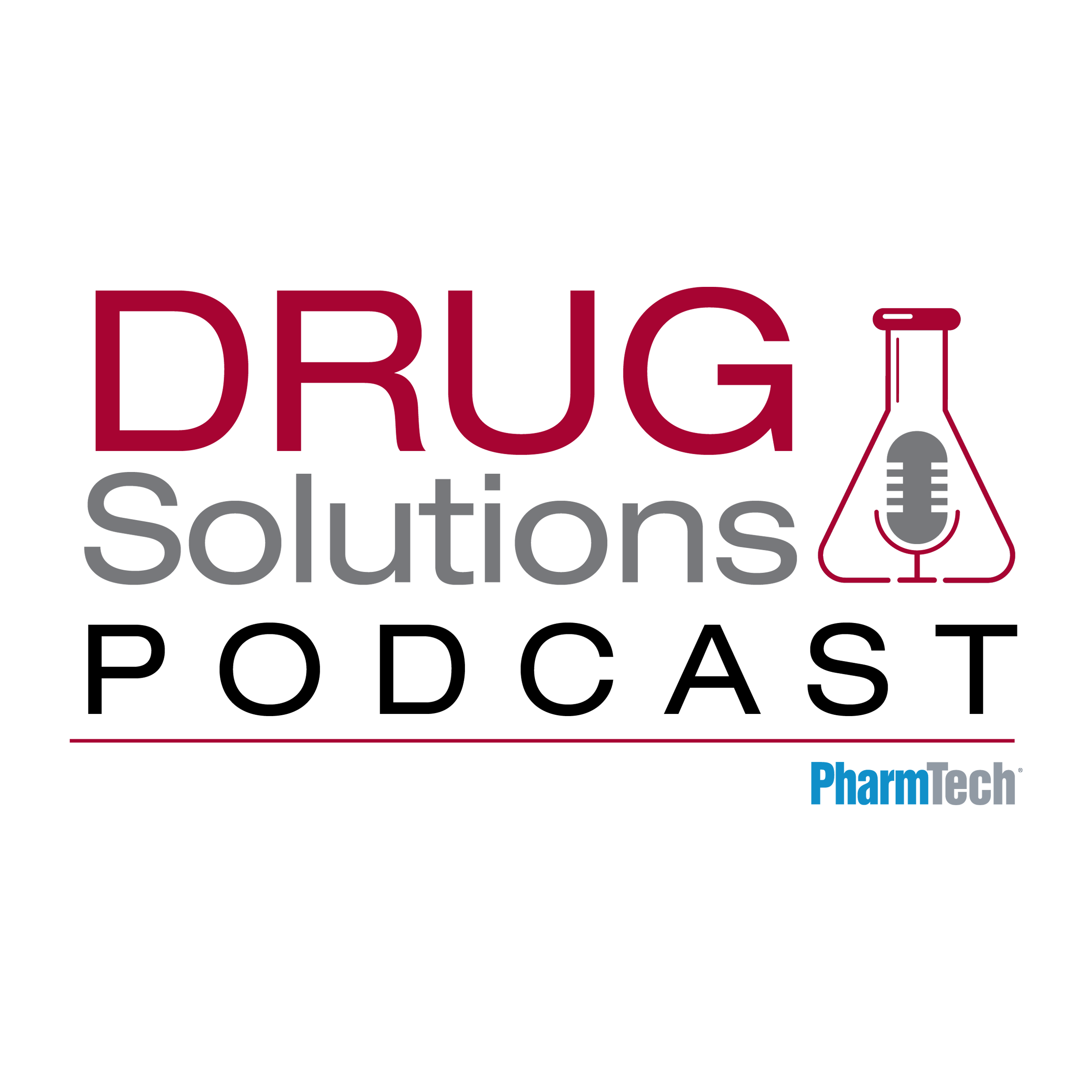News
Article
Equipment and Processing Report
Equipment and Processing Report
Is Hot Melt Extrusion an Untapped Resource?
Author(s):
If you’ve worked in the drug industry for a while, chances are good that you remember Pfizer’s Rezulin, which was produced through hot melt extrusion (HME). If you work for a major pharmaceutical manufacturer, it’s likely that your company owns a twin-screw extruder. Yet HME has not been a common way of manufacturing drugs, and many industry employees don’t understand the principles of HME or the advantages that the technique offers.
If you’ve worked in the drug industry for a while, chances are good that you remember Pfizer’s (New York) Rezulin, which was produced through hot melt extrusion (HME). If you work for a major pharmaceutical manufacturer, it’s likely that your company owns a twin-screw extruder. Yet HME has not been a common way of manufacturing drugs, and many industry employees don’t understand the principles of HME or the advantages that the technique offers.
Extrusion is the process of forcing ingredients through an orifice or die under controlled conditions (e.g., temperature, feed rate, and pressure) to form a new material (1). More than 90% of the extruders at pharmaceutical companies are twin-screw models, says Charlie Martin, general manager of Leistritz. Twin-screw extruders mix materials better than single-screw extruders and are better suited to pharmaceutical processes.
One major advantage of HME is that it is a continuous process that requires less offline testing compared with batch processes, says Martin. Like all continuous processes, HME requires fewer operator interventions than batch processes do and, thus, can yield improved product quality. The technique also is compatible with process analytical technology and can be scaled up easily.
Operators can use HME to form solid dispersions in a continuous process but, unlike spray drying, solvent evaporation, and coprecipitation techniques, HME does not require organic or hazardous solvents. Nor does the process require water or drying equipment. For these reasons, HME enables manufacturers to reduce expenses and conserve space on the plant floor. In addition, the process could replace solid-dosage unit operations such as blending, granulation, and particle sizing, says Firouz Asgarzadeh, principal scientist at Evonik.
HME is not limited to producing solid dosage forms, however. Operators can use the process to create multilayer transdermal patches, implants, dissolvable strips, and foams. Any extruder can produce any of these products, only the die and the downstream handling must be adjusted, says Martin.
HME also can modify drugs’ characteristics. Many new active pharmaceutical ingredients (APIs) have big molecular structures and are consequently difficult to dissolve, but HME can enhance these substances’ solubility, according to Peter von Hoffmann, general manager of engineering plastics and special applications at Coperion. The high temperatures and shear in the HME process can bring poorly soluble drugs with a crystalline structure into a stabilized, amorphous state that is more soluble. HME also can maintain a drug’s crystalline structure, but make the crystals finer and the particle size smaller to improve solubility.
Because the process works with insoluble APIs, it sometimes enables drug loading of 80–90%. In addition, operators can modify a drug’s release rate by blending the appropriate polymers with it in the extruder.
HME technology has become easier for the industry to adopt, thanks to the technical developments of recent years. For starters, extruder vendors have begun to produce units designed according to the principles of good manufacturing practice. These companies have adapted their production processes and the documentation that is the basis for qualifying the extruders, says Hoffman.
Some new extruders enable pharmaceutical manufacturers to add potent substances into the carrier matrix. These substances can be APIs that are mutagenic, carcinogenic, and dangerous to produce, Hoffman says.
Other vendors have developed corotating twin extruders with self-wiping screw profiles. The screw flights on these machines wipe the adjacent screw roots, thus allowing the extruders to be emptied fully. These extruders have enabled manufacturers to produce pharmaceutical products efficiently with short residence times, minimized thermal degradation, and enabled high content uniformity. Asgarzadeh has used these machines to develop soluble formulations of poorly soluble drug substances and to develop controlled-release drug-delivery systems.
One big obstacle to the industry’s adoption of HME has been that in the initial phases of development, pharmaceutical companies have limited amounts of API and no way to test it except in a full-batch mixing bowl. During the past two years, however, extruder design has fundamentally changed to allow small batches (e.g., 5–20 g) of candidate APIs to be tested in a continuous way, says Martin. Manufacturers now can experiment to determine whether HME is an appropriate processing method for a new drug candidate.
The pharmaceutical industry has not used HME to manufacture many of its medicines, perhaps because it has been largely unfamiliar with the process. Companies could use the technology to create many dosage forms, however, and the process could enable the manufacture of drugs that otherwise would remain unmarketed. As a continuous technique, HME likely would be favored by the US Food and Drug Administration and yield dosage forms of consistently high quality, says Martin. The process also seems to hold the promise of greater efficiency and reduced operating expenses. Given these advantages, the adoption of HME may become more widespread in the near future.
Reference
1. G.P. Andrews et al., Pharm. Technol. Eur.21 (1), 18–23 (2009).
Newsletter
Get the essential updates shaping the future of pharma manufacturing and compliance—subscribe today to Pharmaceutical Technology and never miss a breakthrough.





